Aerosol tin cans, often colloquially referred to as spray cans, stand as a remarkable embodiment of convenience and innovation in our contemporary world. These cans, typically constructed from tin-plated steel, offer a diverse array of applications across industries, revolutionizing the way we interact with and dispense a plethora of substances. From personal care and household products to automotive and industrial applications, aerosol tin cans have seamlessly integrated themselves into our daily lives, rendering tasks more efficient and products more accessible. At the heart of aerosol tin cans lies an intricate blend of design, science, and utility. The construction comprises several key components: the canister itself, a valve mechanism, a propellant, and the product to be dispensed. Crafted from durable materials like steel, these cans ensure the preservation of the enclosed product while effectively managing the pressure within. The valve system, a pivotal element, regulates the precise release of the contents in the form of a fine spray or mist. Undoubtedly, the foremost advantage of aerosol tin cans is their consummate convenience. The pressurized system obviates the need for auxiliary devices or complicated procedures, rendering them user-friendly for individuals of all ages. This convenience has rendered them indispensable in a myriad of sectors. Personal care commodities, encompassing items such as deodorants, hair sprays, and sunscreens, harness the power of aerosol cans to provide an even, controlled application. Household cleaning agents, like glass cleaners and disinfectants, benefit from the fine mist delivery that ensures comprehensive coverage while minimizing wastage. The versatility of aerosol tin cans stretches beyond individual care and domestic realms. In the automotive industry, these cans facilitate the administration of lubricants, rust inhibitors, and tire sealants. These products necessitate precise application, which aerosol cans dutifully deliver, forestalling excess usage and inadvertent spillage. Furthermore, artistic and creative endeavors exploit aerosol cans for spray painting, affording artists the ability to coat surfaces uniformly, thereby channeling their creative visions seamlessly. However, the merits of aerosol tin cans are not bereft of concerns. Environmental implications and safety considerations have been focal points of discourse. In the past, numerous aerosol products employed chlorofluorocarbons (CFCs) as propellants, a practice that gravely compromised the ozone layer. In response to these environmental apprehensions, regulations were implemented to phase out CFCs from aerosol products. Contemporary aerosol cans predominantly utilize alternative propellants such as hydrocarbons and compressed air, considerably mitigating the ecological impact. To address safety apprehensions, manufacturers have implemented an assortment of safety features within aerosol can designs. Pressure relief mechanisms thwa...
Read More

 English
English русский
русский español
español português
português

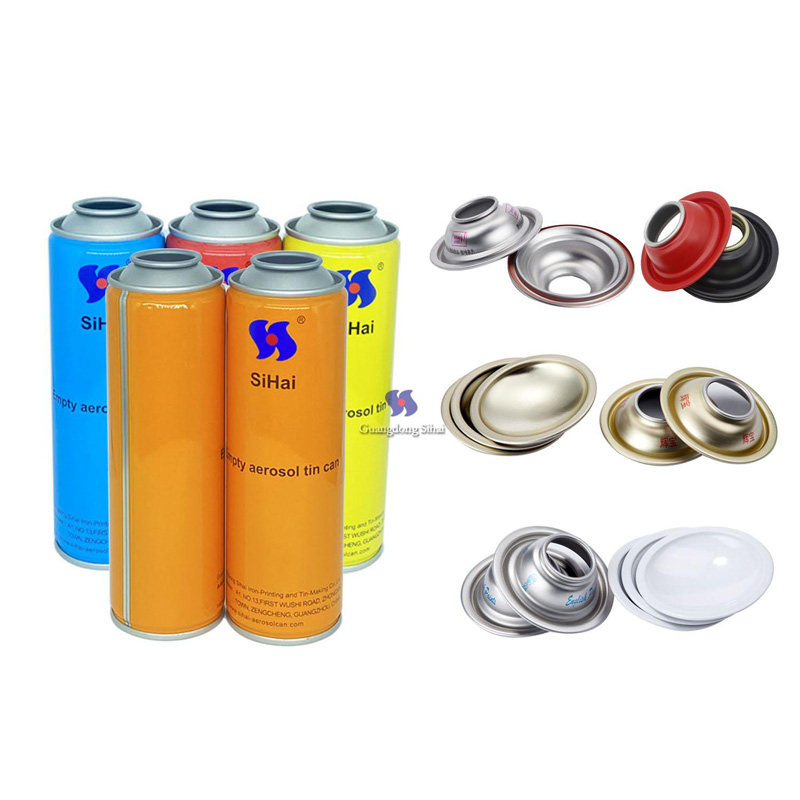


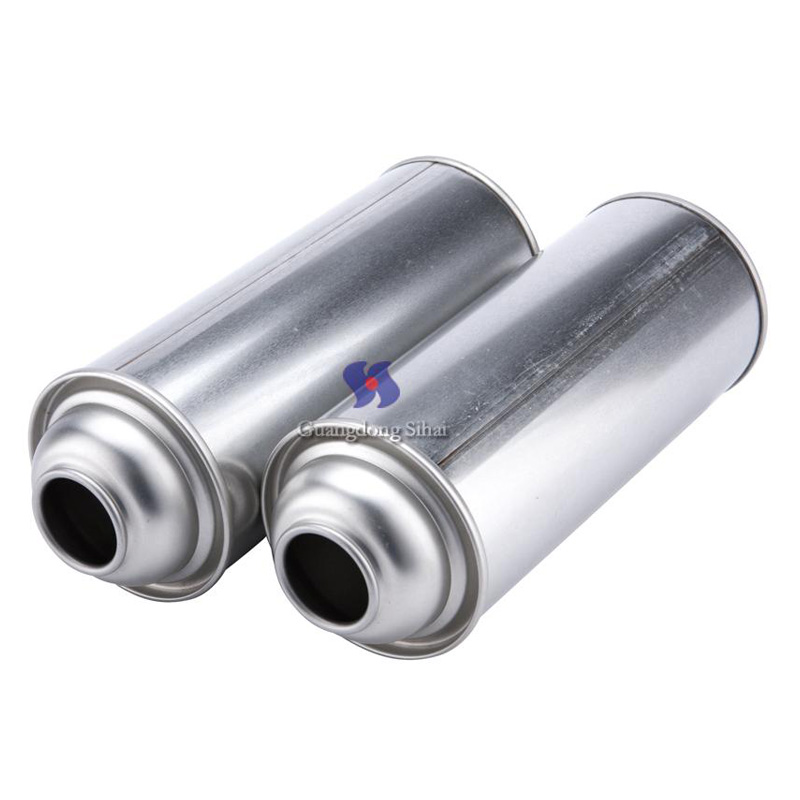
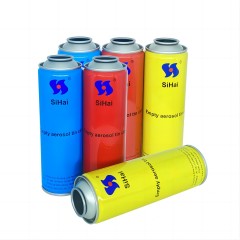

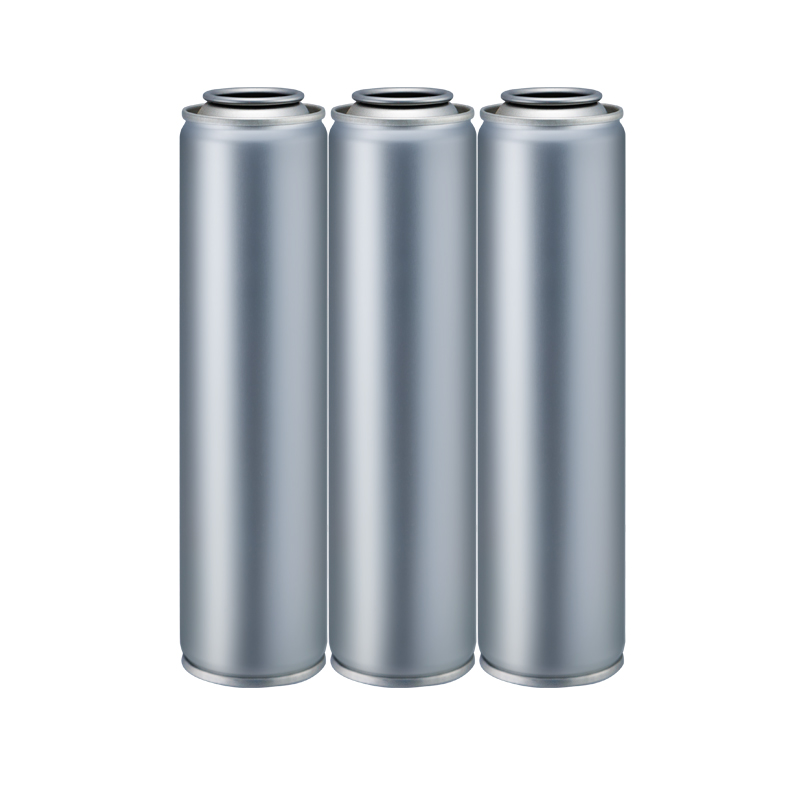
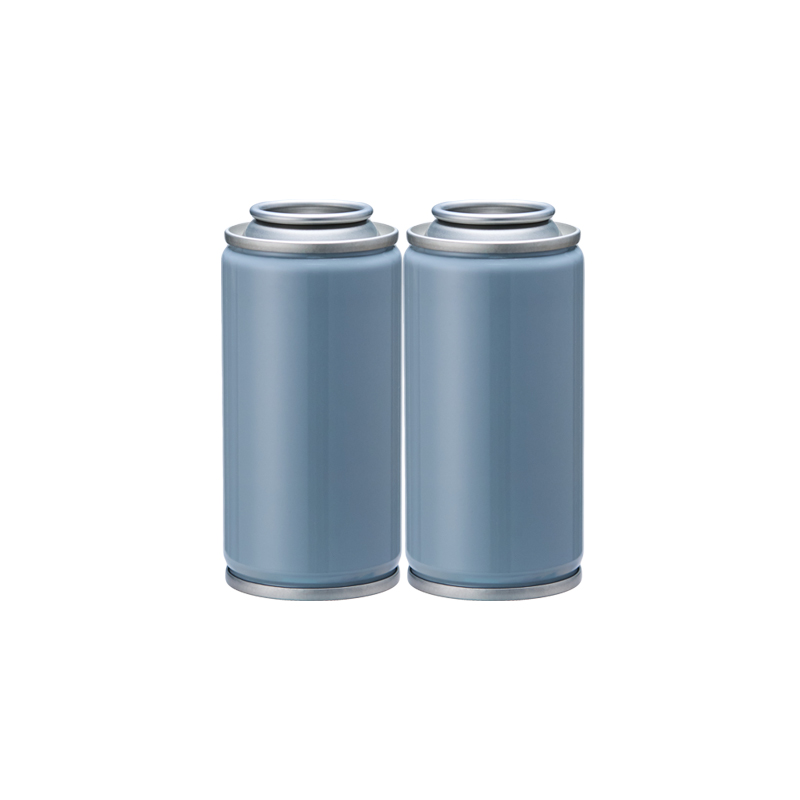





 IPv6 network supported
IPv6 network supported 